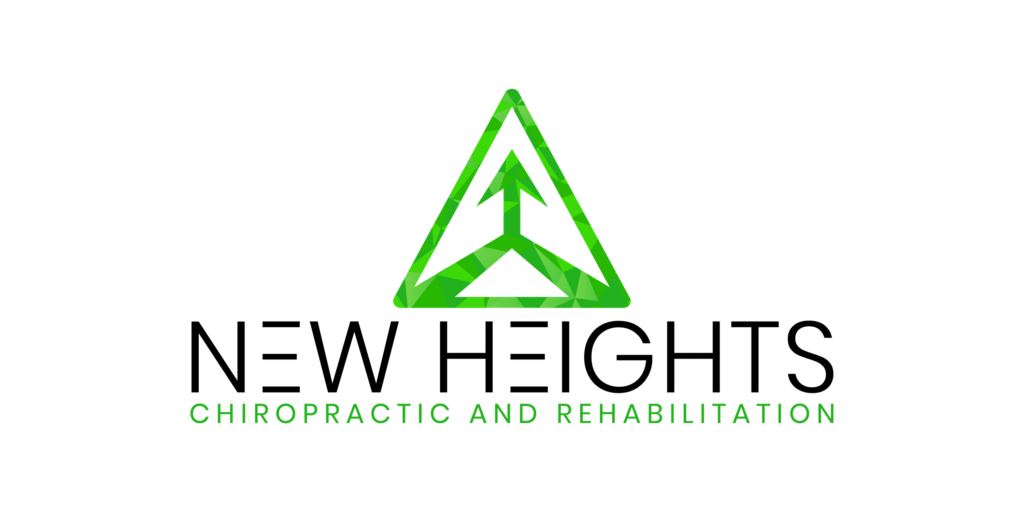What is Active Release Techniques®?
Active Release Techniques® (ART) is a patented, state of the art soft tissue system and movement-based technique that treats problems with muscles, tendons, ligaments, fascia and nerves. ART certified doctors diagnose damaged tissues by palpating the area of injury and evaluating the texture, tightness, adhesions, and movement of the tissue. The damaged tissues are then treated with a combination of precisely directed tension and specific patient movements. Thus, ART can be used as both a diagnostic and treatment tool, allowing for each treatment protocol to be individualized for each patient.
What conditions can be treated with ART?
Headaches, back pain, carpal tunnel syndrome, shin splints, shoulder pain, sciatica, plantar fasciitis, knee problems, and tennis elbow are just a few of the many conditions that can be resolved quickly and permanently with ART. These conditions all have one important thing in common: they are often a result of overused muscles.
How do overuse conditions occur?
Over-used muscles (and other soft tissues) change in three important ways: • acute conditions (pulls, tears, collisions, etc.) • accumulation of small tears (micro-trauma) • not getting enough oxygen (hypoxia) Each of these factors can cause your body to produce tough, dense scar tissue in the affected area. This scar tissue binds up and ties down tissues that need to move freely. As scar tissue builds up, muscles become shorter and weaker, tension on tendons causes tendonitis, and nerves can become trapped. This can cause reduced range of motion, loss of strength, and pain. If a nerve is trapped you may also feel tingling, numbness, and weakness. ART treatments can often help eliminate these issues efficiently and successfully.
What is ART treatment like?
On average, a patient can expect anywhere from 4-12 ART treatments of 10-15 minutes each to correct the dysfunctional tissue. However, this timeline varies based upon the particular condition, patient compliance, and how active the patient is in their own recovery. Since ART is directed at sensitive tissues, treatment has the tendency to cause mild discomfort and can also temporarily reproduce symptoms. It is important to note, however, that the pressure applied never goes beyond the patient’s tolerance and comfort level.
Please visit activerelease.com for more information.


